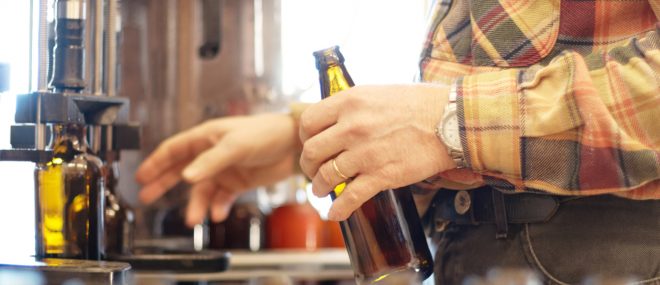Automatic sprinkler systems are a network of piping with automatic valves (sprinkler heads). They detect fire, control it with a suitable water supply and notify authorities with an alarm.
Sprinkler systems are among the most effective ways of suppressing a fire.
Basic Types
Wet pipe
- Distribution pipes are always filled with water
- Most common type of sprinkler system
- The simplest and least expensive to install and maintain.
- Used in heated buildings where freezing pipes aren’t a concern.
Dry pipe
- Distribution pipes are filled with pressurized air.
- Air pressure drops when sprinkler heads are activated which trips the sprinkler control valve and fills the pipes with water.
- Installed when freezing pipes are a concern.
Pre-action
- Distribution pipes are filled with air that may or may not be pressurized.
- Sprinklers are connected to a fire detection system that’s more sensitive than sprinkler heads.
- Water only flows into the pipe when the fire detection system is activated.
- Used when water damage is a concern.
Deluge
- Distribution pipes are filled with non-pressurized air.
- Sprinkler heads are always open and spray water when the system activates.
- A fire detection system that’s more sensitive than sprinkler heads is attached to the sprinkler.
- A valve opens when the fire detection system is activated, allowing water to flow to the sprinkler heads.
Components
- Water supply – Connect sprinkler systems to an adequate water supply. A municipal water supply is the most common but a tank or reservoir system work as well.
- Shut off valve – Installed at the point where municipal underground piping connects to the private water main.
- Sprinkler controls – Installed at the point that the underground piping enters the building. Control components vary by sprinkler type.
- Alarm device – Sounds when the sprinkler is activated. Typically either electrically operated bells or mechanically operated water gong.
- Fire department pumper connection – Allows the fire department to connect to the sprinkler system and pump additional water into it.
- Piping system – Installed throughout the building to distribute water to the sprinkler heads. Varies in size and placement based on building occupancy, available water supply, and number of sprinkler heads.
- Sprinkler heads – Detect fire and distribute water to protect the area. When heat melts a head’s fusible link, the sprinkler opens and sprays the area with water.
Sprinkler System Supervision
Sprinkler system monitoring is commonly known as supervision. The three components that generally need monitoring are the:
- Alarm/control valve
- Water flow
- Water/air pressure
The same company that monitors your burglar alarm can supervise your sprinkler system as well.




